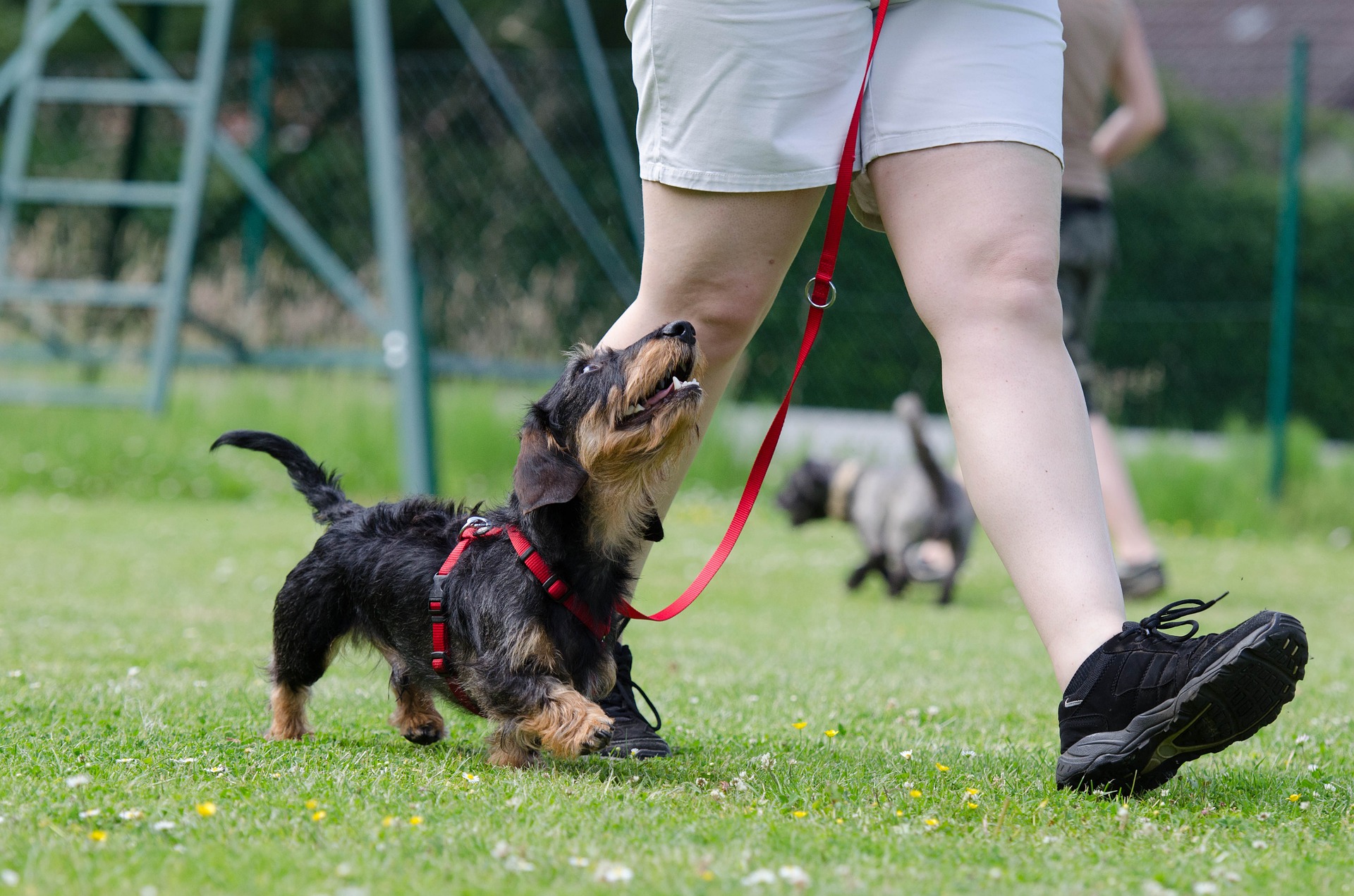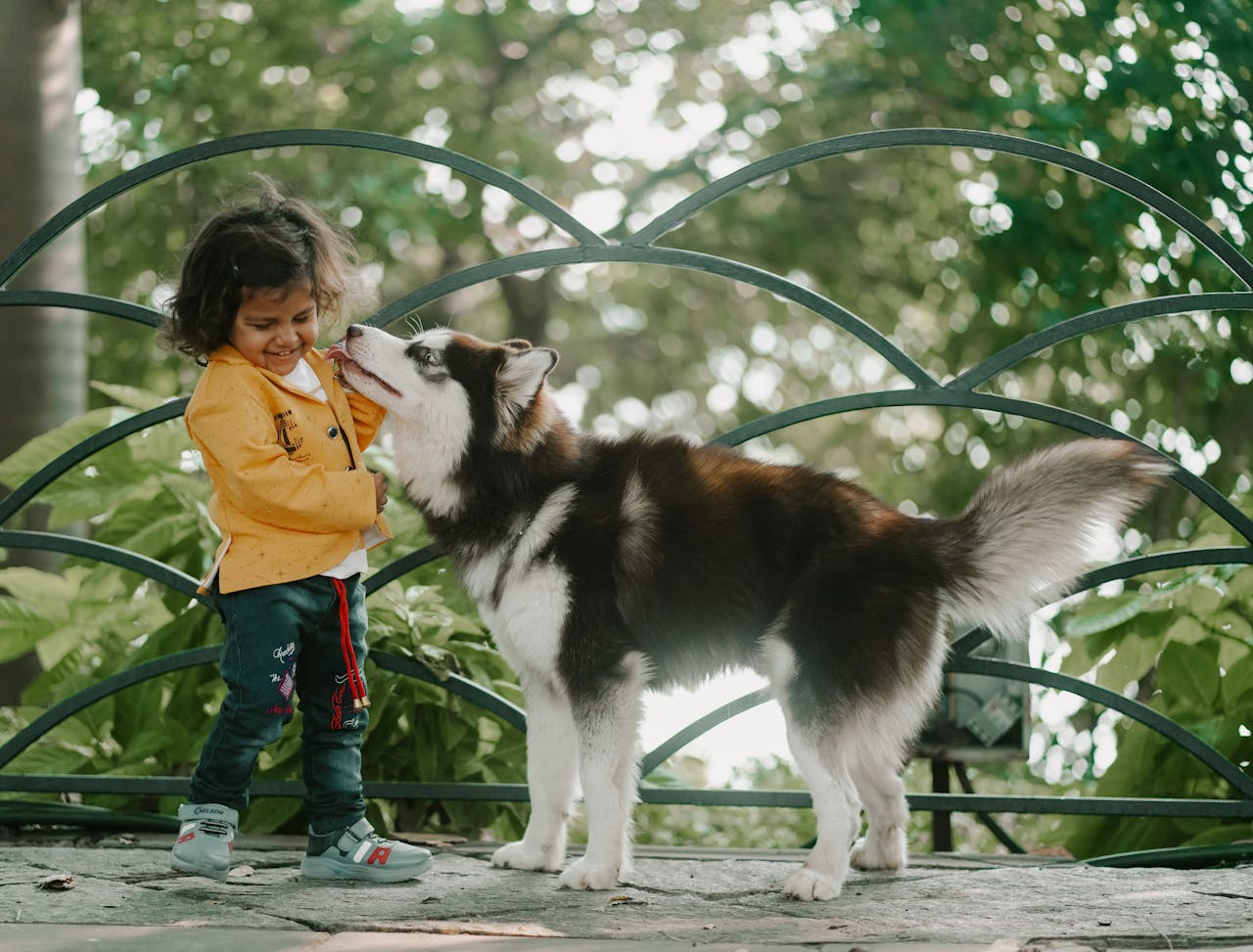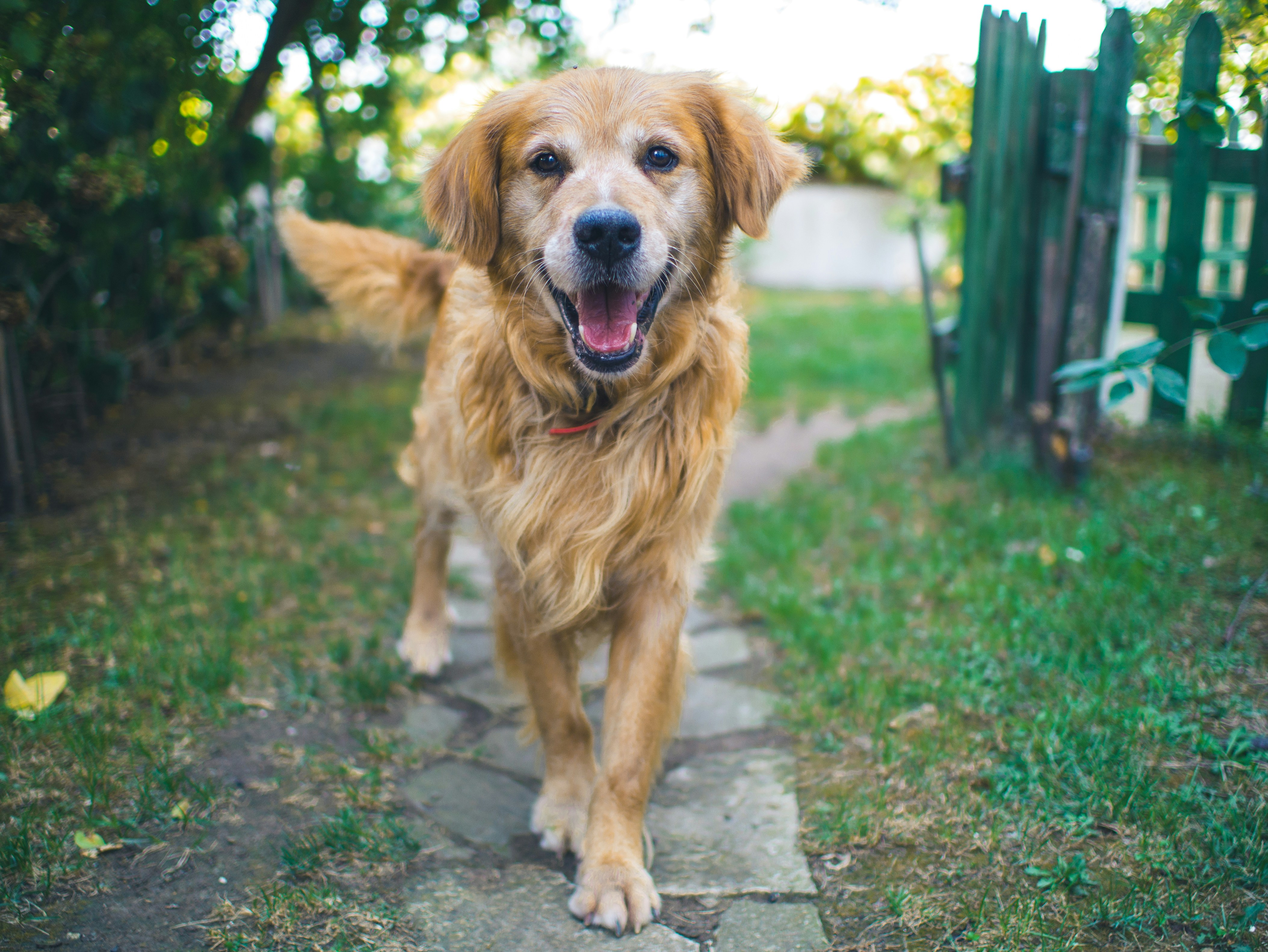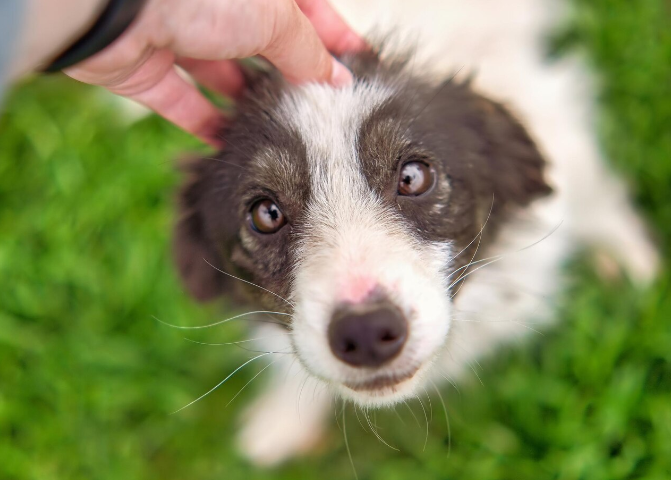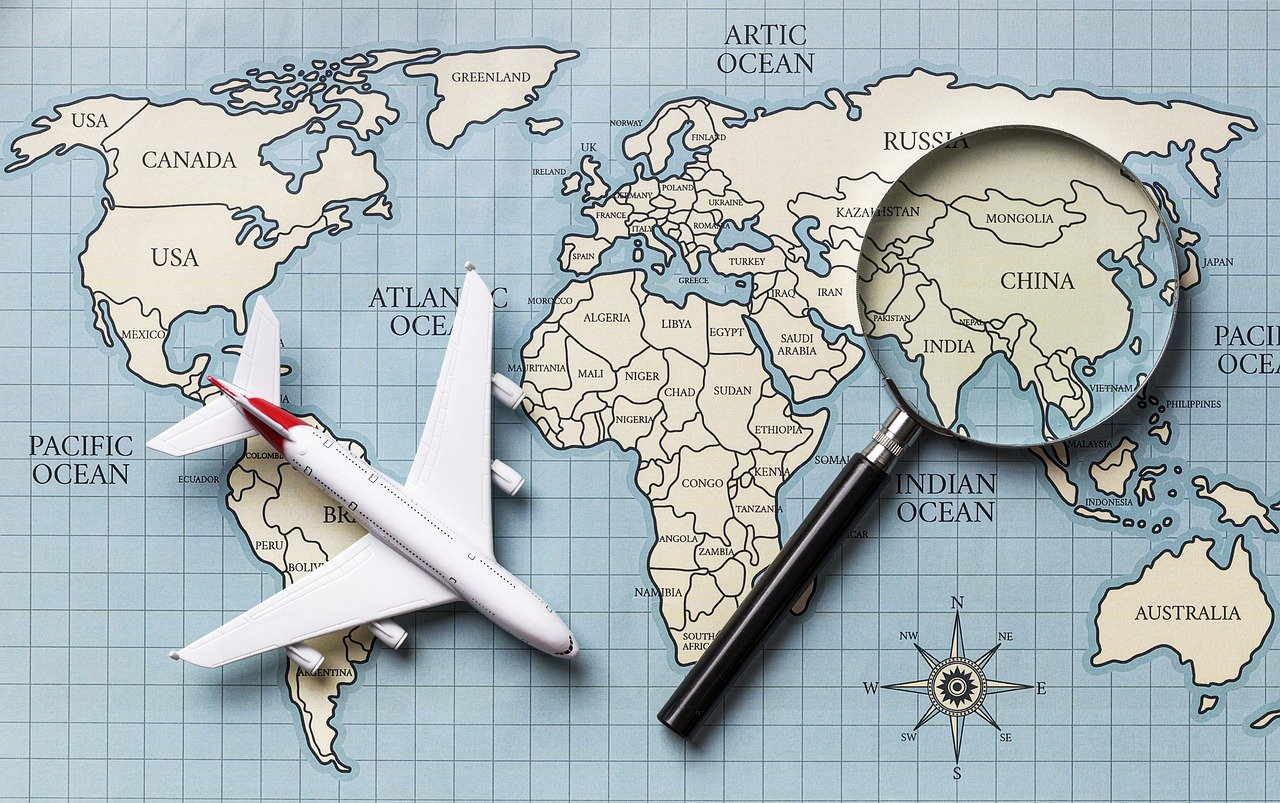
The world of Service Animals is rich with stories where properly trained dogs change the lives of disabled citizens for the better. Our school is fortunate to be a part of the lives of service dog users, and we would like to talk about international travel and what it means for our graduated teams. While hotel accommodation, renting a property with a service dog, and accessing public venues can sometimes be difficult, international travel can be very challenging when you are not prepared.
We recommend starting your journey with a bit of research on the topic. Perhaps you will want to refer to our guidance on pre-flight preparation.
Glossary
When we refer to a "Service Animal" in this article. We specifically refer to individually trained canines that fit the needs of disabled citizens. Another term that you may find online is "Assistance Animal". Both are used to denote the same thing. Many airlines prefer to use the abbreviation “SVAN” on their travel applications. As you may guess, this is short for service animal. A SVAN number is what many air passengers may need to obtain for their dogs before traveling internationally. More on that later!
An international flight is a journey where an aircraft travels from one country to another, crossing international borders. These flights connect cities in different nations, often requiring passengers to go through customs and immigration processes upon arrival or departure.
International flights are usually operated by major airlines and can vary in duration depending on the distance between the countries. They often have specific requirements, such as passports, visas, health certificates, lab test results, and signed medical letters (helpful in negotiating accommodation), and may involve adapting to different time zones. You may even have to use subdivision airlines to reach your destination.
These flights typically operate from large international airports equipped to handle global travel demands. Fortunately, major intentional airports like Heathrow (LHR map), Frankfurt (FRA map), Beijing (PEK map), Tokyo Haneda (HND map), Los Angeles (LAX map) and Toronto Pearson (YYZ map) feature online maps of their facilities that can be very useful to new and returning visitors alike.
How to Choose the Right Airline
Selecting the right airline when you are a service/assistance dog user can be an elaborate and, frankly, stressful process. When you are facing health challenges and need to account for your safety and that of your dog, things become a lot more complex. You have to consider not only the cost of your ticket and timely return but many other things like:
Available space for a service dog;
Make sure your dog can fit under the seat in front of you, and consider buying a second ticket so your dog has more space to lie down.
Size and weight limits;
Service dogs, like all animals considered for transport via air, are subject to weight and size limits. It is a misconception that service dogs fly in the cabin regardless of their size and weight.
Availability of special needs officer;
Many airlines employ teams that work with disabled passengers and those in need of special equipment
Applicable health standards;
You have to make sure your dog is properly vaccinated and free of parasites.
Applicable training standards for service dogs.
You have to check what training standards are adopted at the destination.
We recommend that you do a bit of online research before you decide to book with a particular airline. Many air passengers share their experiences on platforms like Reddit, Tripadvisor, and Yelp. You may wish to look up feedback from others who have traveled with a service dog with a particular airline before booking your flight. There are even emerging platforms like Flight-report.com and Skytrax that make looking up reviews even easier.
The right airline for a service dog team has to:
1. Have easily accessible pet relief areas (accessible to service/assistance dogs, too);
2. Have a Medical Assistance or Special Needs Desk to coordinate accommodation for disabled passengers;
3. Accommodate small, medium, and large service dogs equally;
4. Have favorable reviews from service dog teams;
5. Clearly communicate the terms of travel and required paperwork as to reduce stress for their passengers;
6. Be mindful of the disability rights and service dog protections adopted into law;
7. Employ respectful, polite, and properly trained staff in the passenger cabin.
We have recently released a collection of articles on frequently used airlines. You may want to check our blog for references to your airline.
How to Book an International Flight with a Service Animal
Carefully read the airline policies for accepting service dogs and see if you can talk to their customer support team directly before you pay for your fare. Reserve a seat with extra legroom if possible, especially for larger dogs. Many airlines provide interactive maps of their aircraft for you to select your seat. If traveling with a service animal, bulkhead seats are often the best choice as they provide more space for the animal. Try to book a seat near a bulkhead if you can. It’s important to note that passengers with disabilities are not allowed to sit in exit row seats due to safety regulations
Many airlines offer reduced pricing to veterans and passengers with disabilities. You could look into any applicable discounts before paying for your flight. Be prepared to provide documentation, such as a doctor’s note or disability ID, as some discounts may require proof of eligibility. If you travel frequently with your service dog, it may be a good idea to join a loyalty program and accumulate additional discounts with time.
Travel agencies or organizations that focus on accessible travel might have partnerships with airlines and can help you find discounts. Notable services include:
Research the regulations of your destination country, including quarantine policies and breed restrictions. You will have to learn about your country’s animal export regulations, too. It is a smart move to contact the embassy or consulate of your destination country for detailed information. That is the best way to learn how your service dog would be treated upon landing, what health insurance you may need, and about your rights as a foreigner with a service dog.
Paperwork and SVAN Number
Ensure your service dog is in optimal health and has up-to-date vaccinations, especially for rabies. It is not uncommon for airlines and airport authorities to ask for proof of titter and heartworm vaccination, too. Another important part of your preparation is to make sure your service dog is microchipped, following internationally established standards.
Some airport authorities may require a rabies test to be sent to them for review at least 15 days before departure, so make sure to plan your flight at least two months ahead. If you are on a tight schedule, you will likely need a minimum of three weeks to prepare the required paperwork. It is good practice to carry printed and digital records of your dog’s health, received training, your medical records, and a signed attestation from your physician that you require a service dog.
Translate all documents into the language of your destination country if necessary. If you are not up to dealing with all the paperwork on your own, then you may prefer to plan your flight through a travel agency. Travel agents are most likely to have extensive experience with your destination and provide the best advice on the paperwork you will need.
When it comes to booking your flight with your service dog, you will likely need to go through a vetting process. Many airlines employ on-site teams to check the papers of the service dog users, and some airlines prefer to use third-party organizations like "Open Doors" to make sure the visiting service dog teams are legitimate.
This is where the “SVAN Number” comes in. Open Doors and disability assistance teams with the airlines typically generate a unique identifier for the service dogs that are about to board domestic and international flights. A SVAN Number is usually valid for one year after it is generated. You receive the number the first time your service dog application is approved, and you may have to renew it every one or two years. This depends on the policy of the airline.
If your service dog is refused boarding for some reason, we recommend you check your paperwork first. Most people have trouble with the astonishing number of applications that have to be filed. We talk on the subject here:
URGENT!! Why Was My Service Dog Denied Access to the Passenger Cabin?
How to Fill Up DOT Service Animal Air Transportation Form To Fly With Your Service Dog
How to Get a Psychiatric Service Dog Letter
Travel Essentials And Insurance
Pack a go-bag for your dog with water, food, a leash, a harness, and any necessary medications. The airplane crew is legally required to provide water for your dog, but they are not required to provide dog food. Bring a vest or identification gear for your service dog to avoid confusion and make travel a little smoother. While many countries do not require service dogs to wear a vest that identifies them as such, we strongly encourage you to make sure the dog is easily recognizable in their role. This can help tremendously with hotel accommodations, public transportation, and taxis. Business owners and employees are more likely to be friendly when you approach them and explain that your dog is safe, properly trained, and very important for your well-being.
Since you will be visiting another country on your international trip, make sure you have contact details for local veterinarians in case of an emergency. Let's not forget that the different weather and cuisine can do a real trick on you and your paw partner. Learn how to quickly request medical assistance and get suitable medical insurance.
Decide whether you need short-term travel insurance or a more comprehensive long-term plan. Short-term plans are ideal for vacations, while long-term plans suit expats or extended stays. Most providers allow you to request a quote online. This helps you understand the cost and coverage details. Carefully review the policy to ensure it meets your needs, especially for specific destinations or activities. If you are not sure how to proceed with the insurance, it is best to consult a travel agency.




